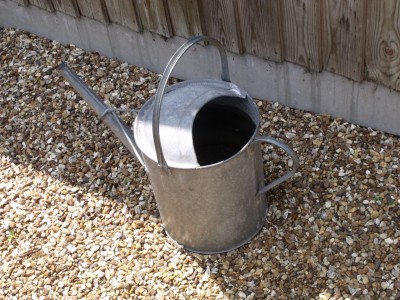






When the weather outside is frightfully cold and snow and ice have replaced bugs and grass, many gardeners wonder if they should continue to water their plants. In many places, winter watering is a good idea, especially if you have young plants that are just establishing themselves in your garden. Watering plants in winter is a necessary chore for most gardens.
If your location isn’t prone to heavy snows or is prone to drying winds, supplemental winter watering is vital. Although your plants are dormant, they’re not dead-during dormancy they still have some basic metabolic functions that must be driven with water collected from the soil. Roots are prone to drying in the winter, causing permanent damage to perennials.
Watering plants and near freezing temperatures send many gardeners into fits, worrying that the newly wet soil will freeze and injure roots. As long as you water early in the day, the water you give your plants can actually be protective against nighttime freezes. The water in the soil acts as a trap for heat and helps the area around your plant stay a little bit warmer than the air as the night approaches. When coupled with insulated covers, this extra heat can protect your plants from damage.
Your plants won’t need as much water during their dormancy as they do in the spring and summer, but be sure to water them deeply a few times a month.
Trees and larger landscape perennials should be watered between the trunk and the drip line for best effect, while smaller plants can be watered anywhere near their crowns. Just make sure that the ground doesn’t stay soggy, as this situation creates a serious hazard for plants from root rot as well as suffocation.
As a rule of thumb, water when the soil is dry to the touch, the temperature is below 40 F. (4 C.) and if possible, when the wind isn’t blowing. Drying winds may carry off much of the water you’re trying to apply to the roots of your beloved plants.
Copyright © www.100flowers.win Botanic Garden All Rights Reserved